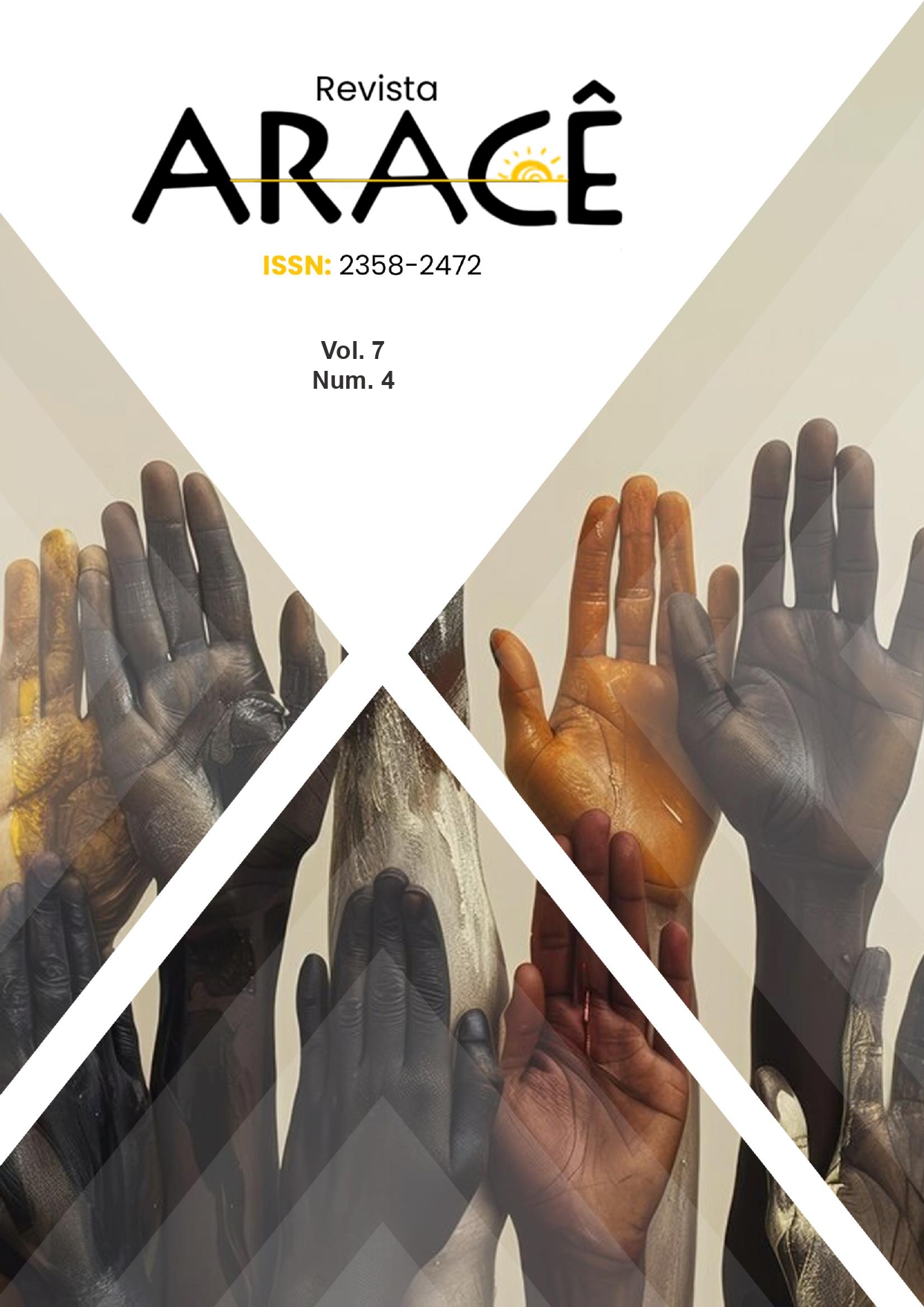BIOPROSPECÇÃO, BIODIVERSIDADE E CONHECIMENTOS TRADICIONAIS: UMA PROPOSTA DE MODELO INSTITUCIONAL PARA O BRASIL
DOI:
https://doi.org/10.56238/arev7n4-263Palavras-chave:
Bioprospecção, Biodiversidade, Conhecimentos Tradicionais Associados, Economia dos Custos de TransaçãoResumo
O presente estudo teve como objetivo principal apresentar uma proposta para a criação de uma instituição gestora voltada à regulação e ao uso sustentável da biodiversidade e dos conhecimentos tradicionais a ela associados, no contexto das atividades de bioprospecção no Brasil. Para isso, foram identificados os principais elementos que compõem as práticas de bioprospecção, com ênfase nas especificidades ecológicas dos biomas brasileiros e na diversidade sociocultural dos povos detentores de saberes tradicionais, tanto indígenas quanto não indígenas. Com o intuito de estruturar um framework analítico coerente, as características econômicas da bioprospecção foram examinadas à luz da Economia dos Custos de Transação, evidenciando os desafios inerentes à formalização de contratos e à coordenação entre múltiplos atores. A análise demonstrou a necessidade de criação de instituições intermediárias e de mecanismos estatais capazes de mediar e viabilizar essas interações, promovendo maior eficiência institucional e inclusão socioprodutiva. Como principal contribuição, o estudo propõe o desenho de um modelo institucional voltado à governança da biodiversidade e dos conhecimentos tradicionais associados, com vistas a orientar de forma equitativa e sustentável as práticas de bioprospecção no Brasil.





